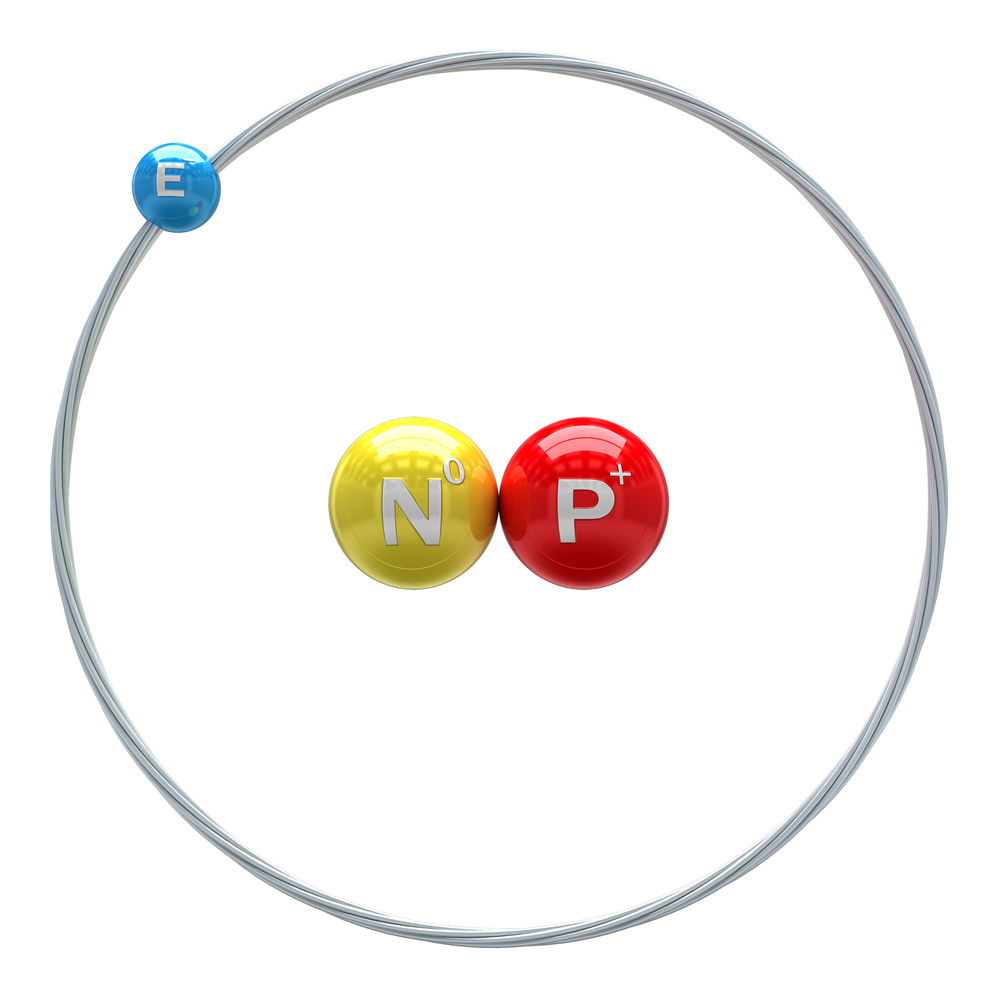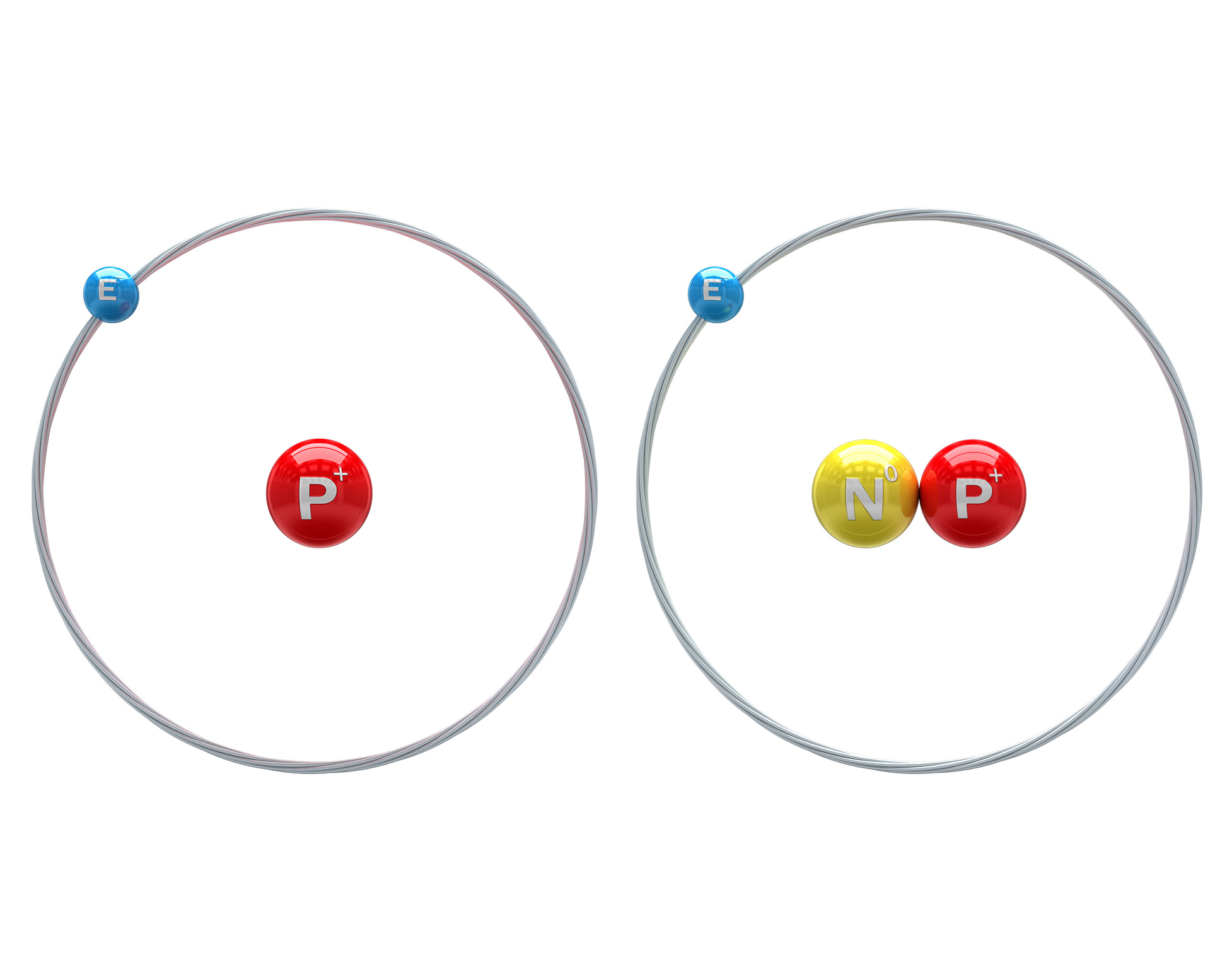
Positive results announced for re-worked tetrabenazine drug in Huntington's disease
Modified 'heavy hydrogen' form of tetrabenazine appears safe and effective for chorea in Huntington's disease

Auspex Pharmaceuticals just announced the results of two clinical trials known as ‘First-HD’ and ‘Arc-HD’. These trials were designed to test a modified version of the approved Huntington’s disease drug tetrabenazine, which reduces unwanted movements. The results reveal that Auspex’s drug has some advantages compared to tetrabenazine for treating excessive movements in HD.
Tetrabenazine?
Tetrabenazine is a drug with a long history, developed in the 1950’s by the drug company Hoffmann-La Roche. Beginning in the 1960’s, doctors discovered that this drug seemed to be effective in treating the excessive movements, called chorea, experienced by many Huntington’s disease patients.

Based on these results, tetrabenazine was approved for treating HD patients’ chorea in the United Kingdom in 1971. Other countries followed suit over the next 40 years, with tetrabenazine finally being approved in the United States as recently as 2008. These approvals gave HD doctors and patients another treatment option in the battle against HD symptoms.
Tetrabenazine is now used quite widely to treat this particular symptom of HD. It’s not a cure-all, and doesn’t slow down the progression of HD, but for some people it’s very helpful.
Heavy hydrogen
So, if tetrabenazine has such a long history, what’s left for Auspex Pharmaceuticals to do? Basically, they’ve set the goal of improving tetrabenazine an interesting chemical trick.
One of the major problems with tetrabenazine is that it is rapidly cleared out of the bloodstream. Drug developers call this a short half life. It means that many patients have to take the drug 3 or even 4 times per day. With dosing like this, the concentration of the drug in the blood rises quickly each time someone swallows a pill, then falls as the body clears the drug.
The drug level being high can cause side effects, while the lows can let the chorea slip out of control. All in all, frequent drug dosing can be a bit of a rollercoaster.
If we could slow down the speed with which the body removes the drug, people could take it less often, and the concentrations in the blood might be more stable. This isn’t just about convenience: having more stable drug concentrations in the blood might let people take smaller doses of the drug and still have beneficial results.
“In short, SD-809 works. Like tetrabenazine, it reduces the amount of excessive movements in HD patients, which is an important first step. ”
But how can we slow down drug removal? For good reasons, our bodies have are good at disposing of chemicals that we take in. This protects us from toxins in our diet that would otherwise build up and harm us. But in this case, we want to convince the body to let tetrabenazine hang around for longer.
Auspex is testing an interesting approach to this problem. Basically, they’ve replaced some of the hydrogen atoms that are found in tetrabenazine with a version of hydrogen that is just slightly heavier. This heavy hydrogen, called deuterium, occurs naturally in small quantities: about one in ten thousand hydrogen atoms is heavy in this way. For the most part, deuterium behaves like normal hydrogen. The drug still does what it’s supposed to do in the brain, but because of the heavy hydrogen, the chemical reactions that break it down are slowed down slightly, so that the drug sticks around longer.
Basically, Auspex has tweaked tetrabenazine by making it a little too slippery for the body’s garbage disposal to grab hold of easily, giving it a longer window in which to help in the brain.
Two trials and their results
Motivated by the idea that tetrabenazine could be improved with this new approach, Auspex Pharmaceuticals and the Huntington Study Group launched two trials of Auspex’s new version of tetrabenazine, which they call SD-809.
The First-HD trial was designed to establish whether SD-809 helps with excessive movements in HD patients who were not currently taking tetrabenazine. Of 90 patients enrolled at more than 30 sites in Canada and the United States, 45 were assigned to receive drug and 45 were assigned to receive a placebo, or dummy pill. After 8 weeks of working to find the most effective dose for each patient, they continued on that dose for 4 additional weeks. The trial aimed for twice-daily dosing, as opposed to the three or four doses often needed for tetrabenazine.
This type of ‘double-blind, placebo-controlled’ study is the best way to test a drug. And, in short, SD-809 works. Like tetrabenazine, SD-809 reduces the amount of excessive movements in HD patients, which is an important first step.

Because many HD patients are already taking tetrabenazine, and may want to switch over to SD-809 if it’s approved, another trial called Arc-HD was run by Auspex and the HSG. This trial was designed to test whether it is safe to switch from tetrabenazine to SD-809, and whether people who switch, continue to have benefits from the drug.
The results from the Arc-HD study were also positive: there were no major adverse reactions in patients switching from tetrabenazine to SD-809, and the drug continued to control their chorea. This suggests that if the drug makes it to market, it will be safe for patients to switch from tetrabenazine to SD-809 without fear of major adverse events.
Researchers were particularly interested in the safety profile of SD-809 compared to tetrabenazine. Patients treated with tetrabenazine sometimes experience sleepiness, restlessness, anxiety and depression. Depression is a particular concern in Huntington’s disease, because HD patients already experience high rates of depression. Worsening this feature of the disease could be a real problem.
In the relatively short-term results presented in the First-HD and Arc-HD studies, relatively few side effects were observed. Reports of depression and anxiety were not higher in people treated with SD-809, though increased sleepiness did seem to occur more often. A limitation of these results is that they come from a relatively small number of SD-809 treated patients (81, between First-HD and Arc-HD), and only a few weeks of treatment.
To address the concerns about longer term safety, Auspex and the Huntington Study Group are currently conducting a year-long safety study in patients who participated in the First-HD and Arc-HD studies. This will be an important follow up to see if the mild side effect profile of SD-809 lasts.
What now?
Auspex has announced that they will be filing a New Drug Application with the Food and Drug Administration in the United States in the first half of 2015. This application starts the process that leads to the actual approval of the drug for use in HD patients, and it sounds like Auspex intends to move down this path as quickly as possible.
“If approved, SD-809 could provide HD doctors and families with another treatment option for chorea in HD.”
In the meantime, there is a lot of data from the First-HD and Arc-HD studies that needs more analysis, since so far all we have is a press announcement. Both the HSG and Auspex will certainly be looking at their data in a number of different ways, trying to better understand how SD-809 might be useful for HD patients. Stay tuned to HDBuzz for more updates on these trials as they’re available.
What’s the take home message?
The results of the very well-run ARC-HD and FIRST-HD trials prove that SD-809 could be a useful new tool to help fight excessive movements in Huntington’s disease. It’s important to remember that this drug wasn’t being investigated as a cure for HD, but rather as a drug to help with those specific movement symptoms of the disease. If approved, SD-809 could provide HD doctors and families with another treatment option for this symptom.
These trials don’t prove that SD-809 is better than tetrabenazine overall, or that it has fewer side effects. So far all we can say is that it’s not worse than tetrabenazine in these important ways.
One further unknown, if the drug is licensed, is cost. Will the additional convenience of twice-daily dosing, and possible advantages of more stable drug concentration, justify whatever price tag is placed on the drug? This remains to be seen, and it may not be easy to convince healthcare funding organizations that the costs are justified.
Another important result of these trials is that, once again, it demonstrates that the Huntington’s disease community can quickly step up to the plate to test new therapies for HD. The fact that HD patients, their families, physicians and drug companies can work together to quickly test new therapies for HD leaves us optimistic about the future.
Learn more
For more information about our disclosure policy see our FAQ…


